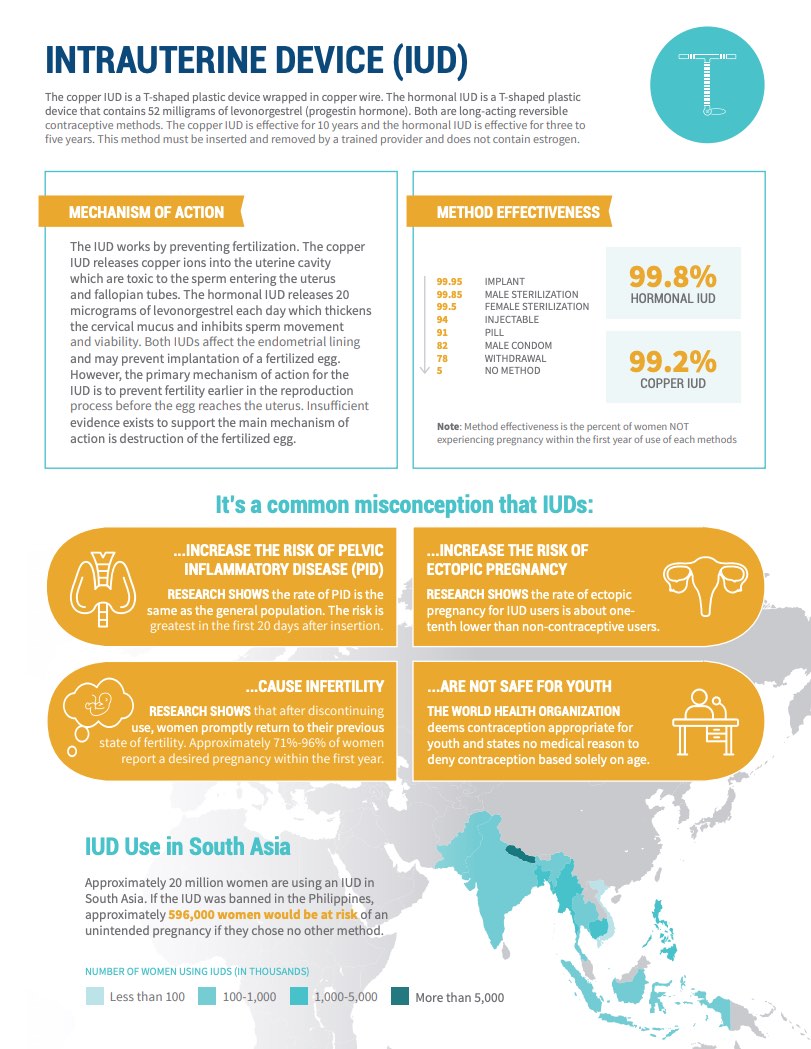Three States Account for Nearly Half of U.S. Population Growth
(2015) California, Florida, and Texas made up a combined 27 percent of the U.S. population in 2015 but accounted for 48 percent of U.S. population growth between 2014 and 2015, according to new Census Bureau estimates.



